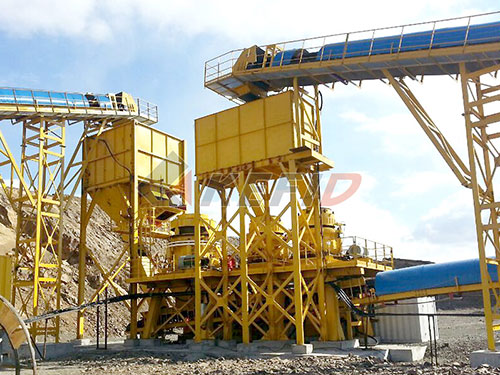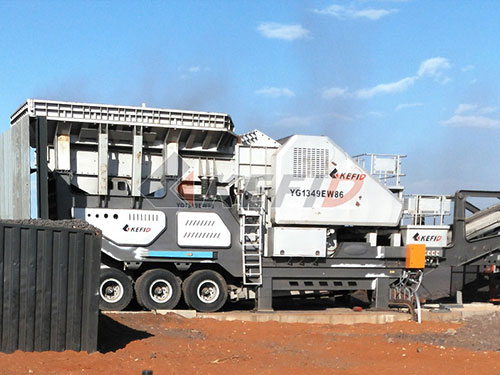Beyond the Dust: Navigating the Stone Crusher Dilemma in Karnataka
Karnataka, a land blessed with rich mineral wealth and a booming construction sector, finds itself grappling with a persistent environmental and regulatory challenge: the operation of stone crushing units. These essential yet contentious facilities dot the landscape, particularly near quarries and major infrastructure corridors, playing a vital role in supplying the raw materials for roads, buildings, and urban development. However, their presence often comes shrouded in dust clouds and raises significant concerns.
The Engine of Construction:

Stone crushers are undeniably crucial cogs in Karnataka’s development machinery. They transform quarried boulders into aggregates of various sizes – gravel, grit, sand – fundamental ingredients for concrete, asphalt, and foundational layers. With Karnataka witnessing rapid urbanization and ambitious infrastructure projects like highways and metro expansions, the demand for these materials remains consistently high. Hundreds of crushers operate across districts like Bengaluru Rural, Ramanagara, Chikkaballapur, Tumakuru, Hassan, and Belagavi.
The Shadow of Dust and Discontent:
Despite their economic contribution, stone crushers generate substantial negative externalities:

1. Air Pollution: The crushing process releases copious amounts of fine particulate matter (PM10 and PM2.5), primarily silica dust. This dust doesn’t stay confined; it blankets nearby villages, agricultural fields, water bodies, and forests.
2. Health Hazards: Inhalation of silica dust poses severe health risks to workers within the units (often lacking adequate protective gear) and residents living nearby. Respiratory illnesses like silicosis (an incurable lung disease), asthma, bronchitis, and chronic obstructive pulmonary disease (COPD) are alarmingly common in affected communities.
3. Environmental Degradation: Dust deposition harms vegetation growth and agricultural productivity. Water pollution occurs when runoff from crusher yards carries silt into streams or when wastewater is improperly discharged.
4. Noise Pollution: The constant grinding noise from crushers causes significant disturbance to local residents.
5. Regulatory Ambiguity & Violations: A persistent issue is the operation of units without proper consent under air/water pollution acts or without valid licenses from state pollution control boards or district authorities. Siting violations – operating too close to habitation zones or ecologically sensitive areas – are frequent points of conflict.
The Regulatory Labyrinth:
Stone crushers in Karnataka fall under the purview of multiple regulations:
Karnataka Regulation of Stone Crushers Act (2011):

Leave a Reply